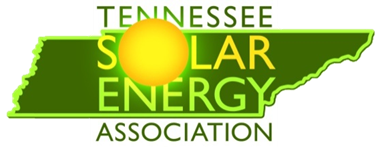Jim Hackworth, president of TSEA, presented the following questions and suggestions to TVA:
- Status of the pumped store(s) as the energy storage potential for accepting solar generated energy for night time use?
- What is the condition of the major pumped store at Raccoon Mountain?
- How is it being used today?
- Are there reasons for not employing the store for excess solar energy?
- There are other smaller locations with pumped store capabilities;
- Are they being used?
- Pumped store is a lot cheaper than the cost of storing energy in batteries?
- We ask that our monthly bills be more specific including all charges detailed.
- Are there fixed charges that are not detailed in our monthly bill? There was an announcement that the rates would drop in the next month.
- Is that for all categories of customers?
- In keeping the charter to produce all electricity for sale in the valley, then please let us know
- what other rates are offered to non-residential customers.
Michael Scalf, senior strategic consultant at TVA, responded:
Thank you for your questions. TVA’s diverse generation mix is well equipped to help us meet our mission of service to the Valley and remain reliable while providing lowest cost electric power. Raccoon Mountain Pump Storage (RMPS) provides about 1,600 MW of capacity, is fully operational, and used to balance system demand and supply to reduce the overall cost of electricity. RMPS helps balance the system as a whole and not any one specific generator source. The current use pattern is generally “store at night, generate during the day”, as that best matches TVA’s current load shape. TVA has one other pumped storage unit, Hiwassee Unit 2, that is much smaller (85 MW) and used similarly to balance system demand and costs.
The resource “mix” of energy stored is reflective of the generators online at the time, typically some combination of hydro, nuclear, coal, natural gas, and wind. If in the future there is an overproduction of solar generation compared to system demand, this pattern may change, if doing so would reduce the overall cost of electricity.
Pumped storage, along with other storage technologies like compressed air storage and batteries will be included in the IRP as selectable resources. Advancements in technology have made batteries more economic than they were previously, approaching the cost of new build pumped storage. You can read more about the IRP process here.
For your questions about retail rates (monthly bills), you would need to contact your local power company, as they are the ones who set the local rates for their customers. You can learn more about TVA’s wholesale rates here.

